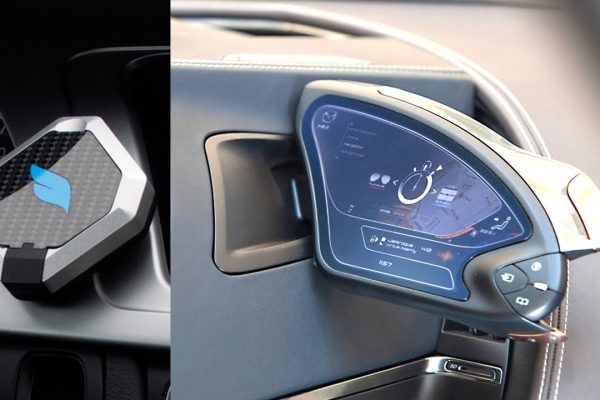Designing tomorrow’s structures with steel requires cutting-edge 3D design solutions that combine innovation, efficiency, and sustainability. Steel, renowned for its strength and versatility, plays a pivotal role in modern construction. Leveraging 3D design solutions in steel construction not only enhances precision but also promotes sustainability and cost-effectiveness.
3D design solutions have revolutionized the steel construction industry. By using advanced software, architects, engineers, and construction professionals can visualize and fine-tune their designs with unprecedented accuracy. These solutions enable the creation of intricate steel structures that meet stringent performance requirements while maintaining aesthetic appeal.
One of the key advantages of Steel 3D Design Solutions is the ability to optimize steel structures for maximum efficiency. Using advanced modeling and simulation, engineers can analyze different design variations to identify the most cost-effective and sustainable options. This minimizes material waste and reduces construction time, ultimately saving money and reducing environmental impact.
Additionally, 3D designs solutions empower architects and engineers to push the boundaries of what is possible with steel. Complex and innovative designs can be explored and refined in a virtual environment before construction begins. This has led to the creation of iconic and sustainable steel structures, from skyscrapers with unique geometries to environmentally friendly bridges.
Sustainability is a critical consideration in modern construction, and 3D design solutions play a pivotal role in achieving sustainability goals. Steel structures are inherently durable and recyclable, making them an eco-friendly choice. 3D design allows for the optimization of steel usage, reducing the overall environmental footprint of a project. Furthermore, it enables the incorporation of sustainable features, such as solar panels, green roofs, and energy-efficient systems, into the design. These enhancements not only reduce a structure’s impact on the environment but also contribute to long-term energy savings.
Moreover, 3D designs solutions facilitate the efficient integration of technology into steel structures. Smart building systems, IoT sensors, and automation can be seamlessly incorporated into the design to enhance safety, security, and energy management. This connectivity ensures that tomorrow’s steel structures are not only strong and sustainable but also intelligent and adaptable to evolving needs.
Cost-effectiveness is another critical aspect of steel construction, and 3D design solutions excel in this regard. By streamlining the design and construction process, these solutions reduce the likelihood of costly errors and delays. Real-time cost estimation tools enable stakeholders to make informed decisions and stick to budgets. The ability to prefabricate components with high precision further accelerates construction and reduces labor costs.
3D design solutions have also transformed the collaboration and communication process among project stakeholders. Architects, engineers, contractors, and clients can all interact with the virtual model, providing feedback and making informed decisions. This collaborative approach minimizes misunderstandings and ensures that the final steel structure aligns with the vision and requirements of all involved parties.
Conclusion – Building tomorrow’s structures with steel 3D design solutions is a testament to human innovation, efficiency, and sustainability. These advanced tools empower architects and engineers to push the boundaries of what is possible with steel, creating iconic and environmentally responsible structures. Furthermore, they streamline the design and construction process, reduce costs, and enhance collaboration among stakeholders. Steel’s inherent strength and recyclability, combined with the precision and adaptability of 3D design, make it a cornerstone of modern construction. As we look to the future, the integration of steel and 3D design solutions will continue to shape the skyline and contribute to a more sustainable and intelligent built environment.










